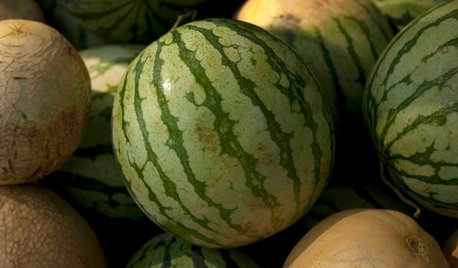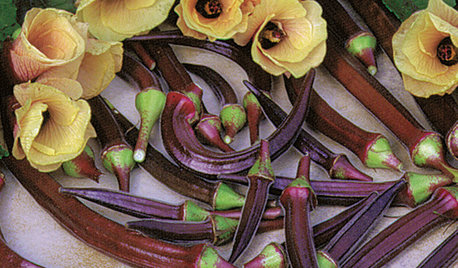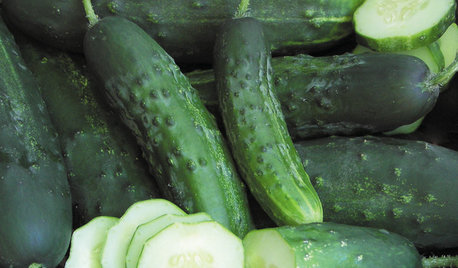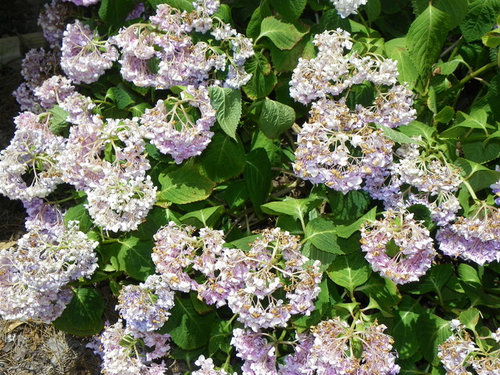Endless summer wilting
PattyW16
10 years ago
Related Stories

SHOP HOUZZShop Houzz: Endless Summer
Add warmth year round with summery colors like tangerine, sea blue and yellow
Full Story0

COLORFUL HOMESHouzz Tour: Color Brings Endless Summer to a Santa Monica Home
An interior designer gives her older house a casual cottage feel with vibrant hues and vintage pieces
Full Story
SUMMER GARDENINGHow to Grow Basil
Bright color, quick growth and endless uses for cooking make this summer annual a winner in the garden or a pot
Full Story
SPRING GARDENINGSummer Crops: How to Grow Strawberries
Pluck your own sweet strawberries right from the garden vine for smoothies, salads or eating then and there
Full Story
DECORATING GUIDESDecorating for Fall When It Still Feels Like Summer
Even if sandals and shorts are your year-round attire, you can still subtly dress your home for autumn
Full Story
EDIBLE GARDENSSummer Crops: How to Grow Tomatoes
Plant tomato seedlings in spring for one of the best tastes of summer, fresh from your backyard
Full Story
GARDENING GUIDESSummer Crops: How to Grow Melons
Drink in the refreshing sweetness of melons from your own garden this summer — they can last well into fall too
Full Story
GARDENING GUIDESSummer Crops: How to Grow Okra
Go for the gumbo with this quick-growing edible that brings colorful pods and delicate flowers to a summer garden
Full Story
SUMMER FRUITS AND VEGETABLESSummer Crops: How to Grow Cucumbers
Pick a peck for pickles or opt for fewer and raw — no matter how you slice them, cucumbers are great for summer gardens small to large
Full Story
EDIBLE GARDENSSummer Crops: How to Grow Watermelons
You might not need as much space as you think to get this summer mainstay to spring up in your garden
Full StorySponsored
Columbus Area's Luxury Design Build Firm | 17x Best of Houzz Winner!
More Discussions








October_Gardens
Ruth_MI
Related Professionals
Richmond Heights Landscape Architects & Landscape Designers · Saint Matthews Landscape Architects & Landscape Designers · Burien Landscape Contractors · Kahului Landscape Contractors · Lexington Landscape Contractors · New Braunfels Landscape Contractors · Pleasant Prairie Landscape Contractors · Vermilion Landscape Contractors · Shenandoah Landscape Contractors · Billings Siding & Exteriors · Johns Creek Siding & Exteriors · Lenoir Siding & Exteriors · Saint Petersburg Siding & Exteriors · South Glastonbury Siding & Exteriors · Lowell Siding & Exteriorsluis_pr
PattyW16Original Author
luis_pr
PattyW16Original Author
luis_pr